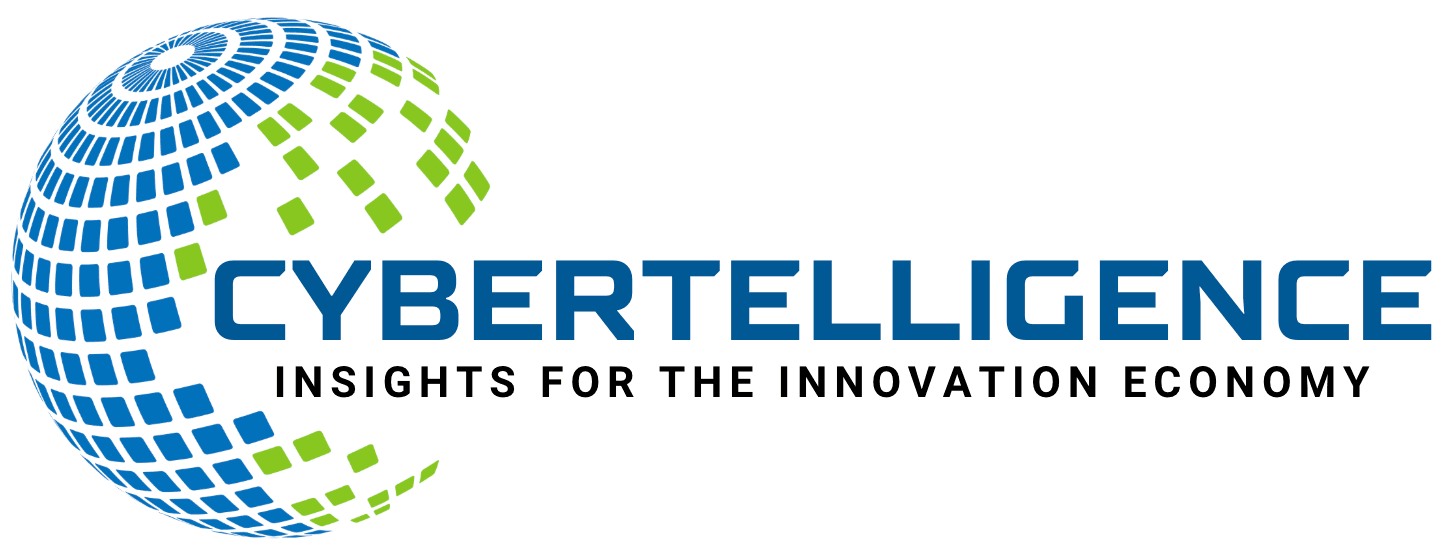Feeling like you’re drowning in a sea of new AI tools? You’re not alone. Every day, it seems like there’s a new “game-changing” app that promises to revolutionize the way you work. The pressure to keep up is real, but the bigger challenge is figuring out which tools are actually worth integrating into your daily life.
I’ve spent the better part of the last year diving headfirst into this world. I’ve tested countless AI tools, and frankly, most of them didn’t stick. The initial excitement often faded into a cluttered digital workspace with little to show for it. But then, something clicked. I found a handful of tools that didn’t just “help”—they fundamentally transformed my workflow, boosted my creativity, and gave me back time I never knew I was losing.
This isn’t just another list of 50 AI tools you’ll forget by tomorrow. This is a curated guide to the seven tools that have genuinely made a difference for me. My goal is to cut through the noise and offer a clear, actionable roadmap for anyone looking to harness the true power of AI. This is tactical advice, born from real-world application and proven results.
Anchor the Context
This advice is for the professionals, the creatives, the entrepreneurs, and anyone who feels that nagging pressure to be more innovative and efficient. If you’re ready to move past the experimental phase and start strategically implementing AI to get real work done, you’re in the right place.
However, this post isn’t for those searching for a magic button or a one-size-fits-all solution. I’m focusing on depth and impact, not just listing every tool under the sun. The tools I’m sharing are incredibly powerful, but they require a small shift in your mindset and workflow to unlock their full potential. Think of this as a reflection of my journey—a starting point for you to adapt and build upon in your own context.
The Core Advice
After all my experimenting, my strategy boils down to a few core principles. It’s less about the specific tools and more about the approach you take to integrating them.
1. Focus on the “Pain” and the “Fix”
The biggest mistake people make is adopting a tool because it’s popular, not because it solves a genuine problem. This leads to a collection of shiny new toys that rarely get used. Before you even look at a new tool, you need to identify a specific pain point in your workflow.
For me, one of the biggest headaches was video editing. The process was a time-sink.
| Pain Point | The AI Fix |
|---|---|
| Editing long videos into short clips took hours. | Revid.ai auto-creates short clips from long videos. |
| Manually adding captions and formatting for different platforms was exhausting. | It automatically adds subtitles, emojis, and cuts. |
This problem-solution approach ensures you’re adopting tools that provide immediate, tangible value. Don’t find problems for your tools; find tools for your problems. This keeps your focus squarely on efficiency and results.
2. Embrace AI as a Utility, Not Just an Experiment
The real breakthrough happens when you stop treating AI as a novelty and start seeing it as a fundamental part of your daily toolkit, like email or a calendar. This shift in perspective is what moves you from being a passive user to an active architect of a smarter workflow.
Dabbling with dozens of tools without ever committing to one is a recipe for failure. The key is to find the right tools that address your specific pains and then make a conscious effort to integrate them until they become second nature. As the article I read put it, “You’re one tool away from changing how you work forever.” This perfectly captures the potential you unlock when you find the right AI utility for your needs and truly commit to it.
3. Master the “Create Once, Distribute Infinitely” Mindset
Content creation, in particular, can feel like a hamster wheel. You spend hours on a single piece of content, only for it to have a short lifespan on one platform. This is where a tool like Revid.ai becomes more than just a time-saver; it becomes a strategic asset.
It allows you to turn one long-form video into a dozen pieces of content for different platforms—Reels, TikToks, YouTube Shorts—with a single upload.
- Upload Once: Your main video is the source.
- AI Does the Work: It finds the key moments and reframes them.
- Distribute Everywhere: You get multiple, ready-to-post clips.
This “create once, distribute infinitely” model helps you maximize the reach and impact of your work with minimal extra effort. It’s about working smarter, not harder.
What to Ignore or Be Skeptical Of
As you explore the world of AI, it’s just as important to know what to avoid.
- Be wary of “all-in-one” solutions. A tool that promises to do everything often does nothing particularly well. Specialized tools, designed to solve one problem perfectly, are almost always more powerful and effective.
- Ignore the hype around numbers. The goal isn’t to use the most AI tools; it’s to use the right tools effectively. A lean, integrated toolkit of 3-5 core tools will serve you far better than a bloated list of 50.
- Question universal advice (even mine!). Be skeptical of anyone who presents a specific set of tools as a magic bullet for everyone. I’m sharing what worked for me, but you have to be the ultimate judge of what fits your unique workflow. Don’t be afraid to reject a suggestion if it doesn’t solve a real problem for you.
Closing Note
Approached strategically, AI is more than just a buzzword—it’s a transformative utility that can genuinely amplify your creativity and reclaim your time. The key is to move from passive experimentation to active, problem-focused integration.
I encourage you to take a moment to reflect on your own workflow. Where are the bottlenecks? What are the repetitive tasks that drain your energy? Identify one or two of those pain points today.
Then, I challenge you to pick just one tool—whether it’s from this post or your own research—and commit to integrating it into your routine for the next 30 days. See what happens. The goal isn’t perfection; it’s progress. I’d love to hear about your experiences and results in the comments below. Let’s build a community of learning and experimentation together.




